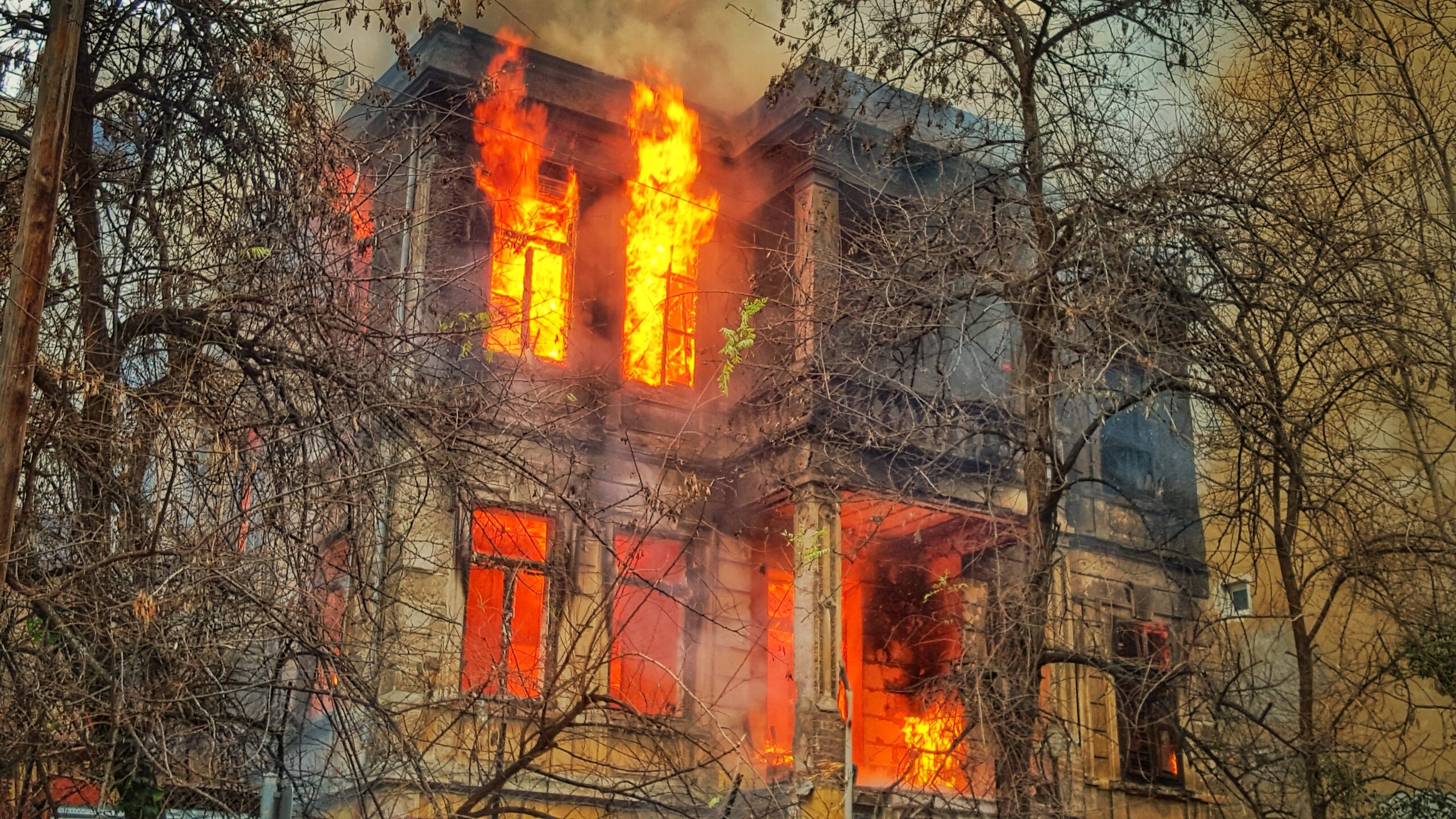


#emergency preparedness #fire safety #safety #smoke
Doug Fogelson
Fire can happen in the wilderness or in the domesticated spaces of our work, school, and homes. It is therefore vital to take some practical steps in preparation and also to learn what generally causes fires so that they can be avoided.
Indoors installing smoke/carbon monoxide detectors is a key step, as are: planning escape routes, go bags with vial items (such as food, water, medicine, flashlight, passports, etc.), practice careful cooking, manage and maintain all heating/cooling/electric appliances. If a fire does happen staying low (under smoke) and exiting the structure and area safely is key. Some figures, in 2022 approximately 87% of wildfires were caused by humans (NIFC). So PLEASE be careful when smoking or making a campfire by choosing a safe location, use a suitable fire pit, and by fully extinguishing that fire (or cigarette) when leaving.
Air quality is impacted by many factors such as industrial/transportation pollution, off gassing, chemical reactions, as well as smoke from large fires– even many miles away from the source. If you are trapped in a smoke zone or otherwise bad air quality you can ride it out indoors with filtered air and keep the windows/doors closed, wear a ‘K’ or N95 mask, avoid exertion, and don’t fry foods or smoke until the air clears. More info via the links below, stay safe!